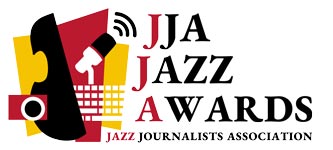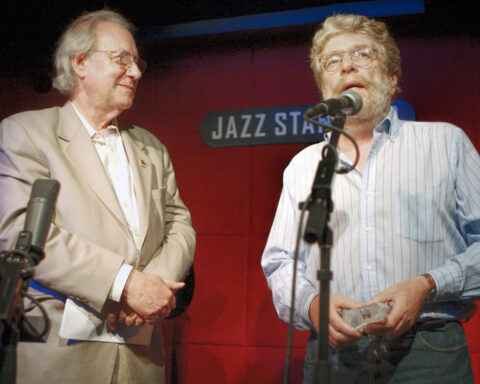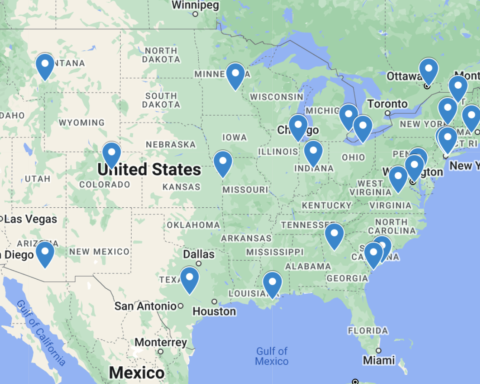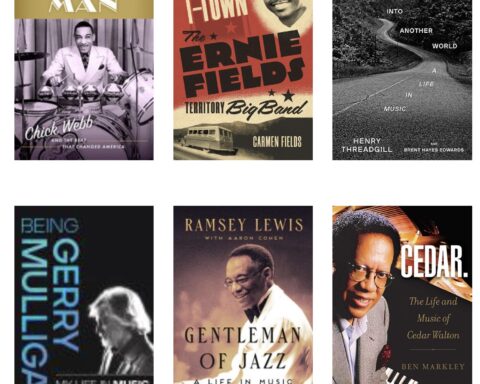I have recently been afforded the opportunity to teach music business courses at The New School
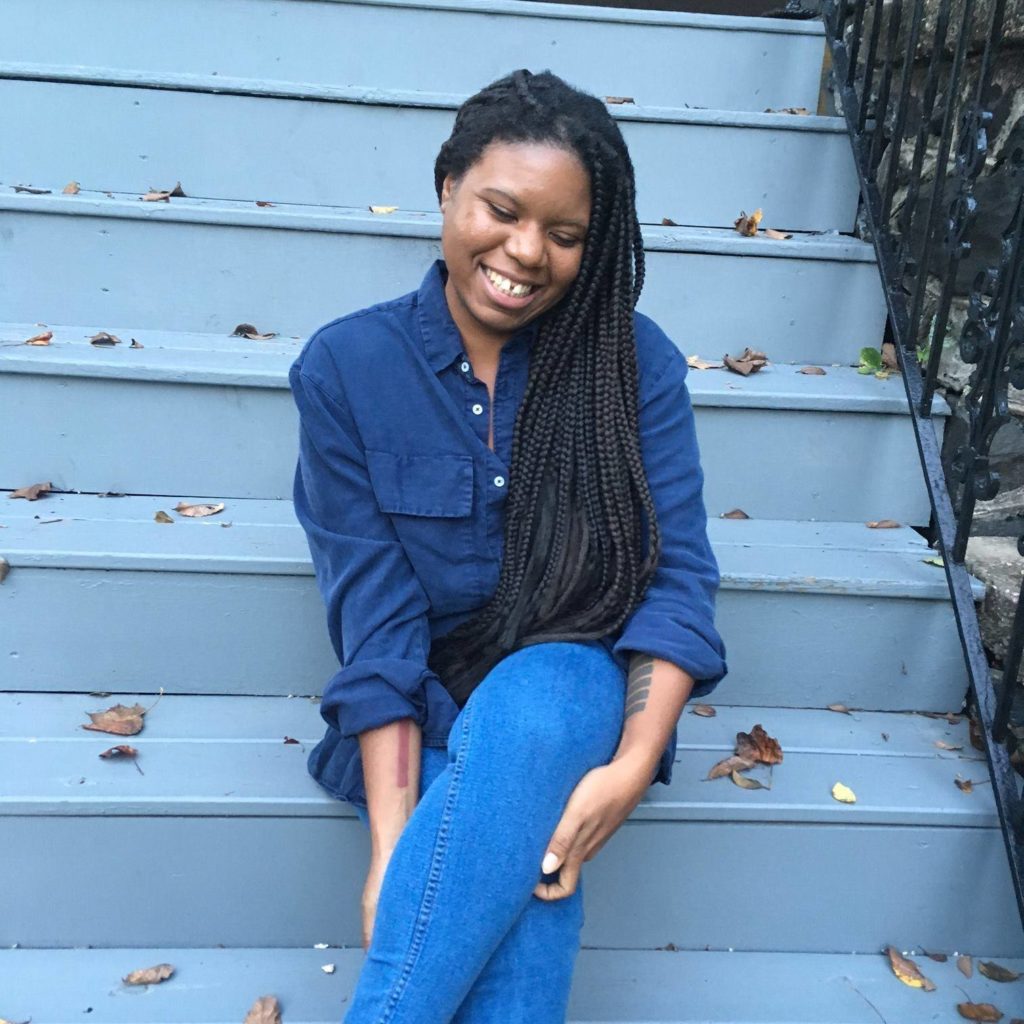
in New York City.
Before I began teaching, it was already important for me to stay on the pulse of the new generation of musicians and what they’re listening to, their styles and techniques in recording and networking, and what they look for in a role model. I’ve heard from several members of the Gen Z generation that they didn’t have many role models to look up to, as mass communication is fraught with shallow entertainment and popular culture. This comment made me think about what young musicians need educationally, particularly regarding the music business, and how I can help to tear down the veil of mystery over music business success and connect students with musicians and industry professionals who will inspire them.
Teaching gave me the platform to share knowledge I’ve gained working as an independent musician for 13 years and in nearly every position in the music industry – promotions, publicity, booking, journalism and A&R. For my first course conducted in-person with Covid restrictions, I brought in guest speakers publicist Ann Braithwaite, Jazziz managing editor Brian Zimmerman, my musician friends Sara Serpa and Jen Shyu and others. They were able to give in-depth information on how to realistically embark on growing one’s music career. I took 30 minutes in every class to have an open discourse about where students were in their work and what they personally needed to understand when dealing with hurdles like finding all-ages venues to play, how to promote their music and choosing the best images and album covers for their new releases.
I think it is very important to take into account that while Gen Z jazz musicians have limitless information at their fingertips, there isn’t widespread information on how to utilize new technology as tools for professional advancement and there aren’t accessible tutorials on how to promote their work and network during a pandemic.
Gen Z faces a new paradigm without much of the freedom we experienced years ago. Here are topics young jazz musicians should be presented with in the classroom so that they will be equipped to flourish as composers, performers and music business entrepreneurs in international jazz communities.
Research and focus The fundamentals of deep study and research of past musical artists, the origin of jazz compositional styles (whether straight-ahead, improvisation, spiritual or bebop) are not easy to embed in the minds of young students brought up on social media. Make research fun. Don’t assume that because they grew up with search tools all their lives that they’ve utilized them in a strategic manner for self-education and enrichment.
Walk students through how to use search engines, archives and music platforms to study music from the past and present. Allow them to ask a question and show them how it’s successfully researched. Teach them to find information themselves instead of depending on the professor to answer all of their curiosities and inquiries.
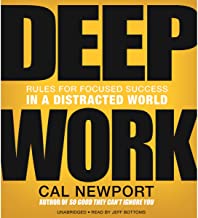
Deep Work: Rules for Focused Success in a Distracted World by Cal Newport has helped me learn more about deep concentration and engagement. Though most artists are not interested or adept in following “rules,” this book can be adapted for teaching musicians to dive into being receptive to new knowledge.
What’s in music publications The New York City Jazz Record has a stand inside the jazz and contemporary music building at the New School. Passing it every week, I wondered how many students indulged in the publication. In this digital era it is not common for young people to read print journalism, so students should be made aware of publications as resources for their own artistic journeys.
It is a myth that young people don’t have long attention spans, hindering their thirst for reading articles and books. Teaching, I realized that students are often open to learning about resources that make their lives easier and more informed.
Share a comprehensive list of jazz publications and break down the roles and relationship between musicians, journalists and editors. Teach how these publications can help them understand the field’s current events and artists where their music fits within the jazz ecosphere, who they can possibly admire and collaborate with and which publication will be most appropriate for their styles. Jazz journalism can also inspire the right verbiage for their future press releases.
Mastheads for networking Most people don’t understand what a masthead is, much less how to use it as a tool to engage jazz journalists and editors to promote their music.
Mastheads, which sometimes includes email addresses of a publication’s staff, can be of use to jazz musicians promoting their own music. They can reach out for direct connections with their carefully crafted pitches and press releases, learning the landscape of publicity so as to be knowledgeable when it is time to employ a publicist.
Networking realities Networking is an art. It is all about building fruitful relationships within one’s field and can be taught through clear and humane tactics with a foundation in kindness and sincerity. Students should understand that networking is not all about what they can get from another person, but also about what they can provide.
A young person can offer a seasoned musician or music industry professional humility and respect. Mainly about conversation and compatibility, networking is not self promotion but an exchange of ideas, energy and enthusiasm for jazz, performance and composition.
It may seem old world, but printed business cards with links to music, website and social media will allow an interested listener to engage with one’s music more easily than connecting through social media. Exchanging emails and following up is less invasive than cold-calling a person via phone. At the end of a good networking conversation, a prospective mentee should attempt to set up a followup appointment, to keep the connection moving forward.
Shared experiences and background Gen Z students are interested in hearing specifically what you’ve learned in your life and how you achieved your goals. They assume that a professor has acquired an expert level of knowledge. But how did you get there? Sharing appropriate scenarios will give them a more three-dimensional understanding of what you’re teaching.
The non-hierarchical classroom It is possible to learn just as much from your students as they learn from you. Creating a non-hierarchical environment will help your students to relax and feel less intimidation when interacting with you. You glean information into the interactive landscape of the rapidly evolving world by allowing students to communicate their unique perceptions and experiences.
Pause for questions and comments several times throughout your discourse. Gen Z students want to feel heard. The more you allow them to open up and offer their own thoughts and insights to the conversation, the more adept they will become in their endeavors. Some students will have more life and professional experiences than others so they can learn from each other as well.
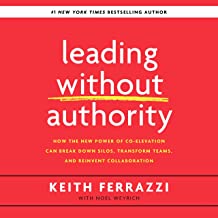
Leading Without Authority: How the New Power of Co-Elevation Can Break Down Silos, Transform Teams, and Reinvent Collaboration by Keith Ferrazzi explains how linear, non-hierarchical teams can be and can help rework our ideas of group dynamics.
Citing aternative paths Every musician has a unique career. Think about different ways students can become involved in the music industry by attending jam sessions or gaining internships at publicity firms, arts organizations and publications. Letting students know that they can score films, start their own record labels and manage other artists will help them sharpen their focus on success. There are so many ways in, but make sure students don’t have illusions about the time it takes to break through in jazz. A realistic timeline of ten or more years can help them gauge their progress.
Self care and time management skills Self care and hard work can go hand in hand. Teaching students that they don’t need to work themselves into utter exhaustion removes the guilt they might feel about not being booked solid for the rest of the year or not having planned the release of their new music. Gen Z jazz musicians, especially those in school full-time and trying to simultaneously manage a career, are thinking about these things, and our “gig” and “hustle culture” doesn’t give them much time to decompress.
Embedding self care and time management protocols in your course is healthy for everyone in the class including yourself. Encourage students to take ample time to eat well, sleep well, and use their scheduling apps to map out free time and non-work related socializing. Student’s well being should be a priority for any instructor and talking openly about self care and rest will take a lot of pressure off your students.
Grading and attendance during the pandemic COVID-19 has altered the mobility of countless human beings. Being mindful of the stress and strain the pandemic has had on a student is a gracious and understanding act. COVID-19 is not as an excuse but as an opportunity for you to offer support and relief to students who are suffering.
Offering a make-up assignment at the end of the semester is one way to help students who are out due to illness. This is not a time to be strict or unwavering when it comes to grades and attendance. Remember how you felt when you were a student when you were struggling with your course load. Compassion goes a long way and students will appreciate its lasting effects.
In my experience, jazz students are intelligent, hardworking, bright and healthily ambitious. They will very likely employ what they’ve learned from you the rest of their lives. We have a responsibility to guide them by being steadfast in our encouragement and enthusiasm, by doing our best to think outside of the box and address their educational needs and perspectives. The more we think futuristically, the more positive the future will become.
Jordannah Elizabeth’s collaboration with illustrator Briana Dengoue, She Raised Her Voice! 50 Black Women Who Sang Their Way in Music History is being published December 28, 2021 by Running Press Kids.

